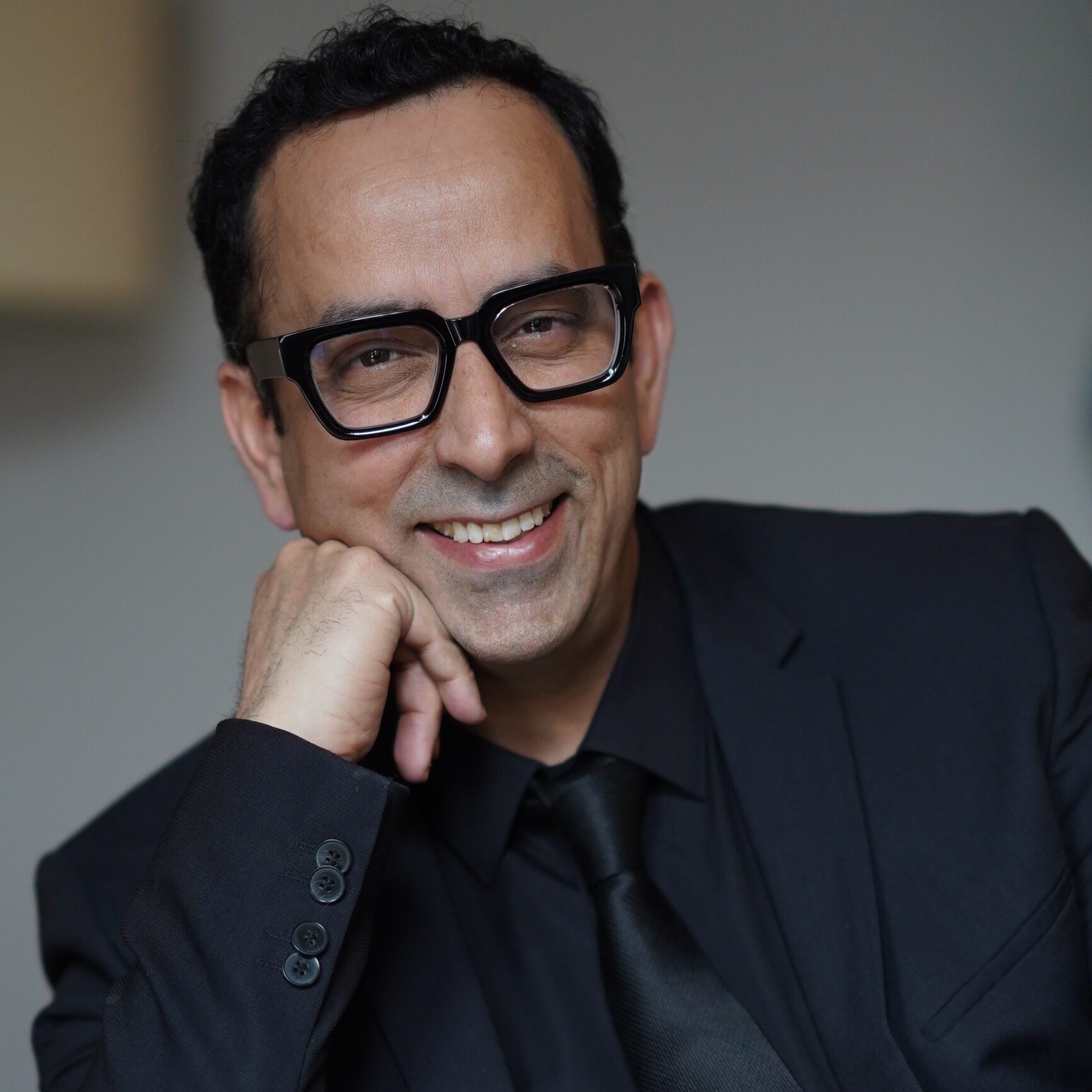Prof. Marc Levoy: A former Stanford professor, Levoy is renowned for his work on light fields, computational photography, and computer graphics. He’s played a crucial role in developing technologies for Google’s Pixel cameras and has paved the way for many 3D imaging advances.
Dr. Adrian Dalca: Stationed at MIT, Dr. Dalca focuses on medical imaging, specifically the use of 3D imaging in understanding brain structures and anomalies. His work merges machine learning with traditional imaging techniques for more accurate diagnoses.
Prof. Sabine Süsstrunk: Based at EPFL, Switzerland, her work in computational photography and color algorithms has led to advancements in digital photography, helping in the development of more accurate 3D imaging and rendering techniques.
Dr. Brian Curless: A professor at the University of Washington, Curless’s research on 3D computer vision and graphics, particularly in volumetric scene representations, has been pivotal in the development of novel 3D imaging systems.
Prof. Takeo Kanade: As a professor at Carnegie Mellon University, Kanade’s contributions to computer vision and robotics are unparalleled. He is best known for the development of the Lucas-Kanade method, an influential optical flow algorithm in 3D imaging.
Dr. Shree Nayar: Stationed at Columbia University, Nayar’s groundbreaking work on computational cameras and physics-based modeling has reshaped the realms of 3D imaging and computer vision.
Prof. Alyosha Efros: A professor at UC Berkeley, Efros’s research in combining big data with unsupervised learning has resulted in significant strides for image synthesis, including 3D and panoramic imaging.
Dr. Paul Debevec: Currently working with Google VR, Debevec’s pioneering work in high dynamic range imaging and image-based modeling has contributed immensely to advancements in 3D imaging and rendering techniques.
Prof. Bernd Girod: Stationed at Stanford University, Girod is a key figure in video compression, image communication, and 3D imaging. His work has significantly impacted multimedia signal processing.
Dr. Pieter Peers: As an associate professor at William & Mary, Peers’s work revolves around digital appearance capture, modeling, and rendering. His advancements in capturing the intricate nuances in 3D facial imaging are noteworthy.

